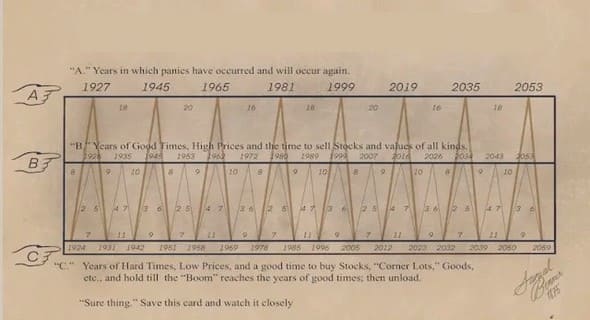(Downloads - 0)
For more info about our services contact : help@bestpfe.com
Table of contents
General Introduction
I Flexibility issues: State of the Art
1 Framework, scope and hypothesis of this work
I Context
II Aim and thesis framework
III Scope
IV Questions addressed – Synthesis
V Energy transition scenarios – Case studies
VI Research and manuscript organization
2 Energy modeling for decision making — State of the Art
I Technological state of the art
II Modeling energy systems: different approaches
II Dealing with intermittency: Results 41
3 Storage options and intermittency: Which storage for which time-scale?
I Questions addressed
II Framework and additional assumptions
III The wavelet decomposition: mathematical presentation
IV Step 1: Assessing the required flexibility
V Step 2: Assessing the sustainability of storage solutions
VI Conclusion
VII Limits of the methodology
VIII Chapter’s highlights
4 Complementarity of storage systems: How do storages work together?
I Questions addressed
II Framework and assumptions
III Part 1: Single time-scale
IV Part 2: Dual time-scale
V Part 3: Real signals analysis
VI Discussion and Conclusion
VII New elements of understanding compared to the previous chapter
VIII Going further
IX Chapter’s highlights
5 Beyond electricity: assessing the potential of heat energy vector
I Questions addressed
II Method
III Results
IV Discussion and Conclusion
V Limits and Further research
VI Chapter’s highlights
Conclusion
I Synthesis – Answers to the questions addressed in this Ph.D
II Contribution to the state of the art
III Critical thinking about the limitations of this work
IV Directions for future research
V Mistakes to avoid
Bibliography
Appendices



